As spring arrives, the earth awakens, adorned with a vibrant tapestry of red, purple, yellow, and blue florals. Amidst this natural splendour, another, less conspicuous bloom makes its appearance following the last frost, prompting the question: What is CBD Flower? A Comprehensive Guide to Its Benefits and Uses
CBD flower, also known as CBD bud, is a product of the female Cannabis sativa plant, resembling miniature, lush pine trees. These buds are enveloped in dense trichomes, which appear like a delicate frost. These trichomes not only serve to shield the flower but are also a source of numerous potential health benefits once harvested.
In the final stages of growth, the plant develops clusters of these buds, usually ready for harvesting around the 100-day mark. However, the true essence of the CBD flower extends beyond its cultivation and harvest. There is a rich depth to explore in understanding the CBD flower and its array of possibilities. Let’s delve deeper into this intriguing world and uncover the full story of the CBD flower, from its botanical characteristics to its potential therapeutic uses.
The Lifecycle of Cultivating CBD Flowers
When discussing what a CBD flower is, it’s important to mention that it comes from a type of Cannabis plant called hemp. Unlike marijuana, hemp has a THC content that is legally required to be below 0.3%.
By breeding plants, the concentration of CBD in their buds can be enhanced, resulting in flowers that are rich in CBD.
These plants thrive best in aerated soil that’s rich in organic matter. While they can adapt to climates, they tend to do well in moderate environments. This brings up a topic for discussion about the distinctions between flowers and CBD flowers.
The growth cycle of hemp spans around 100 to 120 days. In the first six weeks, it’s crucial to provide watering, which can gradually decrease as the plants mature.
Towards the end of this cycle, the plants burst into clusters of buds for harvest at around the 100-day mark. At this stage, the flowers reach their peak maturity and contain potent trichomes—small structures that hold CBD. This phase represents a critical moment for understanding the intricacies and potential benefits of CBD flowers.
Uses of CBD Flowers: From Harvest to Distribution
To ensure that CBD flowers can be found in health and speciality CBD stores across the country, they go through meticulous processes of drying and curing.
Drying Process of CBD Flowers: After being harvested, the flowers need to be dried to remove any moisture. This is typically done by hanging them in a dry, dark, and well-ventilated space. The duration of this drying phase can vary depending on the humidity and temperature of the environment, lasting anywhere from a day up to weeks.
Curing CBD Flowers: Once the flowers have been dried, they undergo a curing process that further enhances their flavour, aroma, and overall potency. This involves sealing the dried flowers in airtight containers and allowing them to rest for weeks or even months. During this time, moisture is gradually released from the buds, allowing them to reach their optimum quality and effectiveness.
To complete the process, the buds are carefully trimmed using shears to remove any remaining leaves or stems. The final step involves packaging the buds and often vacuum-sealing them to preserve their freshness and potency.
You may also be curious about how long CBD flowers can last. It’s worth noting that while they do have an expiration date when properly packaged and stored, CBD buds can remain viable for six months up to a year.
The meticulous process, from the cultivation of CBD flowers to their packaging, is crucial in ensuring that the flowers maintain their quality and therapeutic qualities until they reach consumers.
Applications of What is CBD Flower? A Comprehensive Guide to Its Benefits and Uses
The various uses of CBD flowers are quite versatile. It can be smoked or vaporized, offering a way to consume it. Manufacturers can also extract oil from these CBD buds, creating a concentrated form of CBD. This potent oil is then used in different types of products that serve multiple purposes.
Tinctures: These liquid extracts are convenient for precise dosing. They are usually taken by placing them under the tongue for quick absorption into the bloodstream.
Edibles: Adding CBD to products like gummies, chocolates, or baked goods provides a pleasant and discreet method of consumption. Edibles offer a lasting effect as the CBD is gradually released during digestion.
Topicals: Creams, balms, and lotions infused with CBD can be directly applied to the skin. They are great for targeting areas that need pain relief or skin benefits.
When exploring these CBD products, it’s important to determine the correct dosage for your needs. This may vary depending on factors such as body weight, the specific condition being addressed, and individual body chemistry.
When it comes to CBD flowers, it is recommended to start with a lower dosage and gradually increase it. This approach helps you find the amount that gives you the desired effect while minimizing any side effects.
Potential Health Advantages of CBD Flower
What is CBD Flower? A Comprehensive Guide to Its Benefits and Uses, renowned for its flavours and delightful aromas, may also offer a variety of potential health advantages. The cannabinoids found in these flowers bear a striking resemblance to the endocannabinoids naturally produced by our bodies. These cannabinoids interact with two receptors known as CB1 and CB2. These receptors are components of our system, which play a pivotal role in regulating numerous bodily functions such as mood, sensation, appetite, and immune response. By binding to these receptors, endocannabinoids aid in maintaining the body’s balance.
CBD and other cannabinoids present in CBD flowers can also interact with these receptors, potentially providing benefits by influencing the system. Some potential health benefits include:
Pain Relief: CBD has demonstrated properties that suggest it may alleviate discomfort and reduce inflammation. This makes it a natural alternative to pain relievers like ibuprofen.
Stress and Anxiety Reduction: CBD may have anxiety-reducing effects that can help individuals cope with stressors and promote relaxation.
Improved Sleep Quality: Using CBD flowers, whether through smoking or as an edible before going to bed, can help relax the mind and body, resulting in more restful sleep.
Anti-Inflammatory Properties: CBD’s potential ability to reduce inflammation can be beneficial in addressing swelling and inflammation throughout the body.
Neuroprotection: CBD flowers may have properties that protect the brain from damage and help maintain function and memory.
Appetite Regulation: The way CBD interacts with the system can also have an impact on eating patterns and feelings of hunger.
CBD flowers show promise for those seeking support for their health and well-being. However, it is important to note that additional research is needed to understand and validate the potential of CBD flowers.
Understanding the Possible Side Effects of CBD Flower
It’s important to be aware of the side effects associated with CBD flower, even though it’s a product derived from plants. These effects can vary depending on factors like your body chemistry, dosage, and how you consume it. Some common side effects may include:
Dry Mouth: Often referred to as “cottonmouth,” this is a side effect that people experience with cannabis and hemp products, including CBD flowers.
Diarrhea: Taking high doses of CBD may upset your system and lead to diarrhoea in some cases.
Drowsiness: While some people seek out CBD for its calming effects, higher doses or individuals who are particularly sensitive may experience drowsiness as a side effect.
Fatigue: Feeling tired or fatigued is another possible side effect that can affect your energy levels and alertness.
Dizziness: In certain cases, especially with higher doses, CBD flowers can cause dizziness or light-headedness.
Despite these side effects, CBD flower is generally considered safe. However, if you do experience any reactions, it’s always advisable to consult with a healthcare professional. They can assist in identifying any risk factors and guide the use of CBD flowers. In addition to safety concerns, understanding what a CBD flower is also involves exploring its legal status, which is another common query. In brief, CBD flower is federally legal in the United States as long as it is derived from hemp. Contains less than 0.3% THC. However, the legality may differ significantly from state to state. Some states have regulations or restrictions regarding the sale, possession, and use of CBD products. It’s crucial to stay informed about the laws in your area.
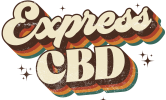
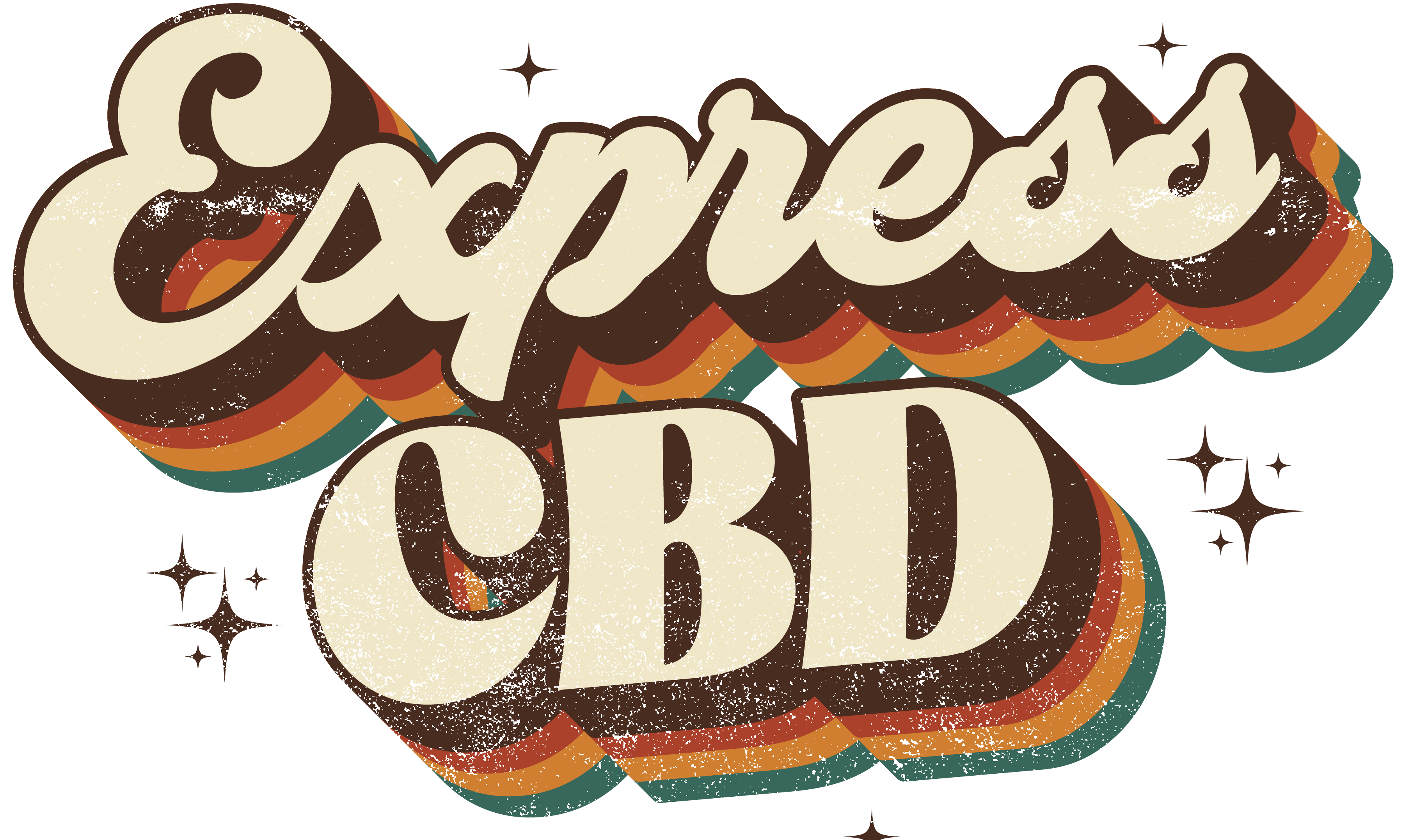
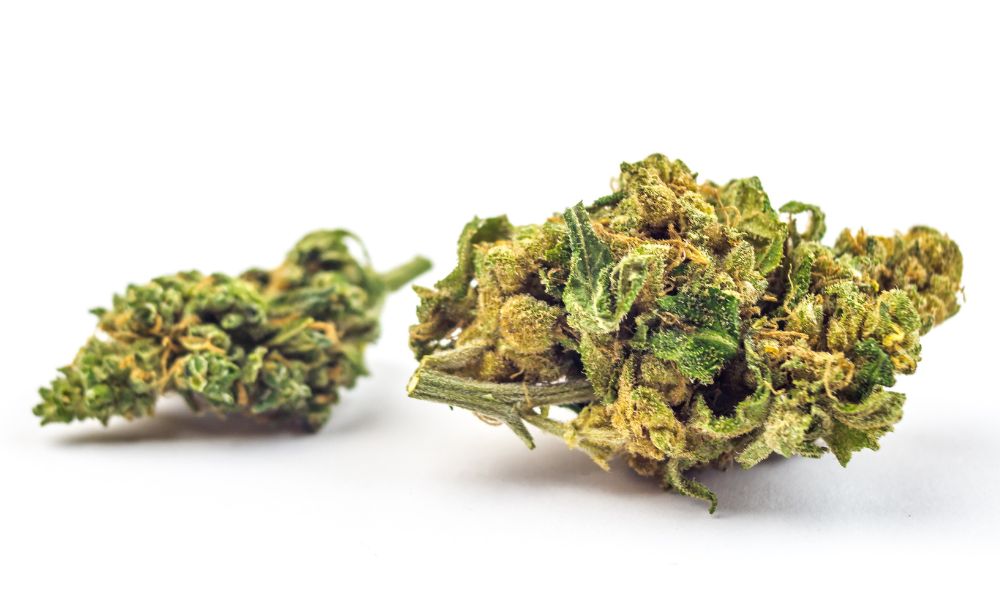
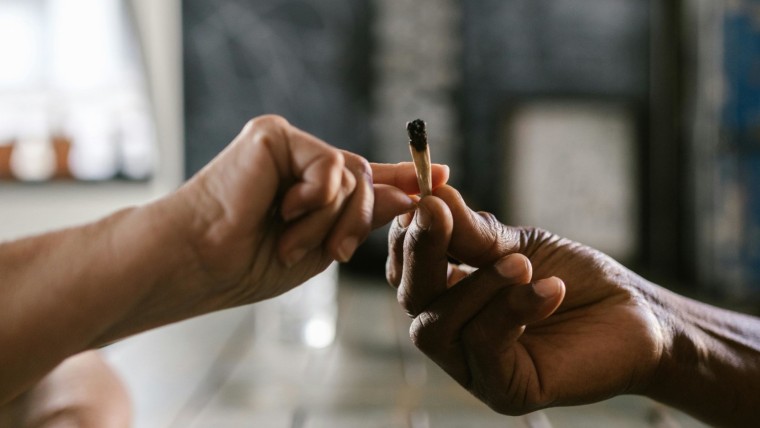
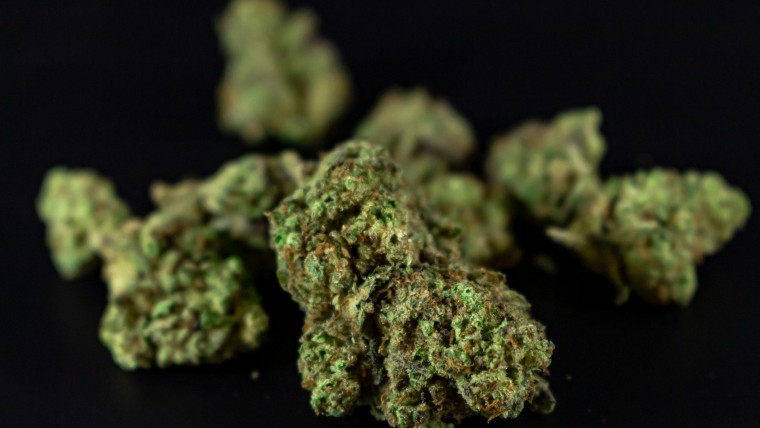
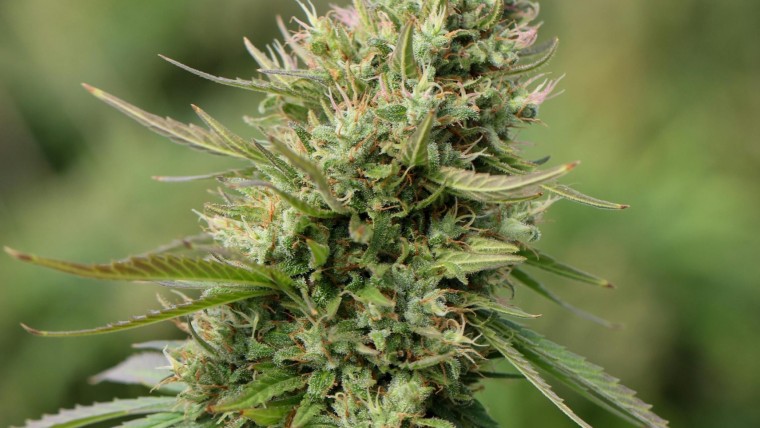

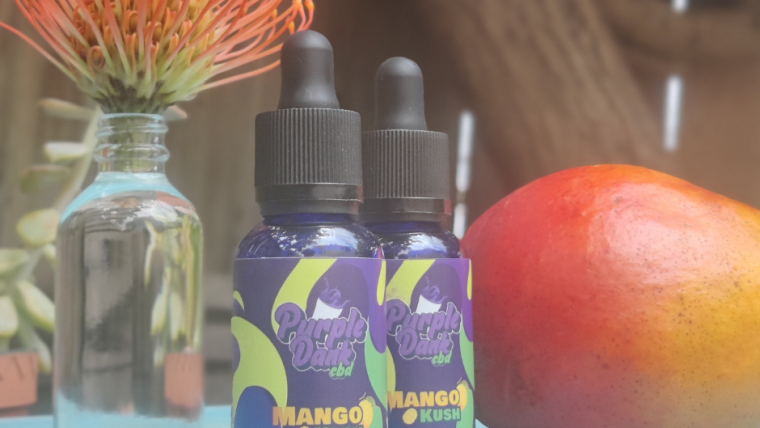
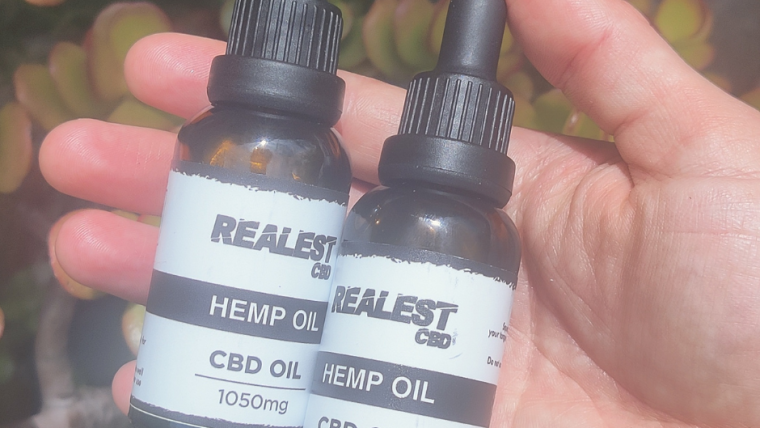
CBD for Pets: Pet Owners Love it, Now Recommended by Your Vet CBD
CBD Bubble Bath and 5 Ways to Build the Ultimate Self Care Routine with CBD
CBD Beverages Like Trip CBD Add a New Flare to the Edibles Market
CBD Cookie Dough & Incredibly Simple CBD Edibles You Can Make at Home
Is CBD Oil Legal in Spain?
Easing Anxiety: How to Take CBD Oil for Anxiety in the UK
The Current and Future Legal Landscape of CBD Flower in the UK
LVWell CBD Raw 5000mg CBD Oil Review